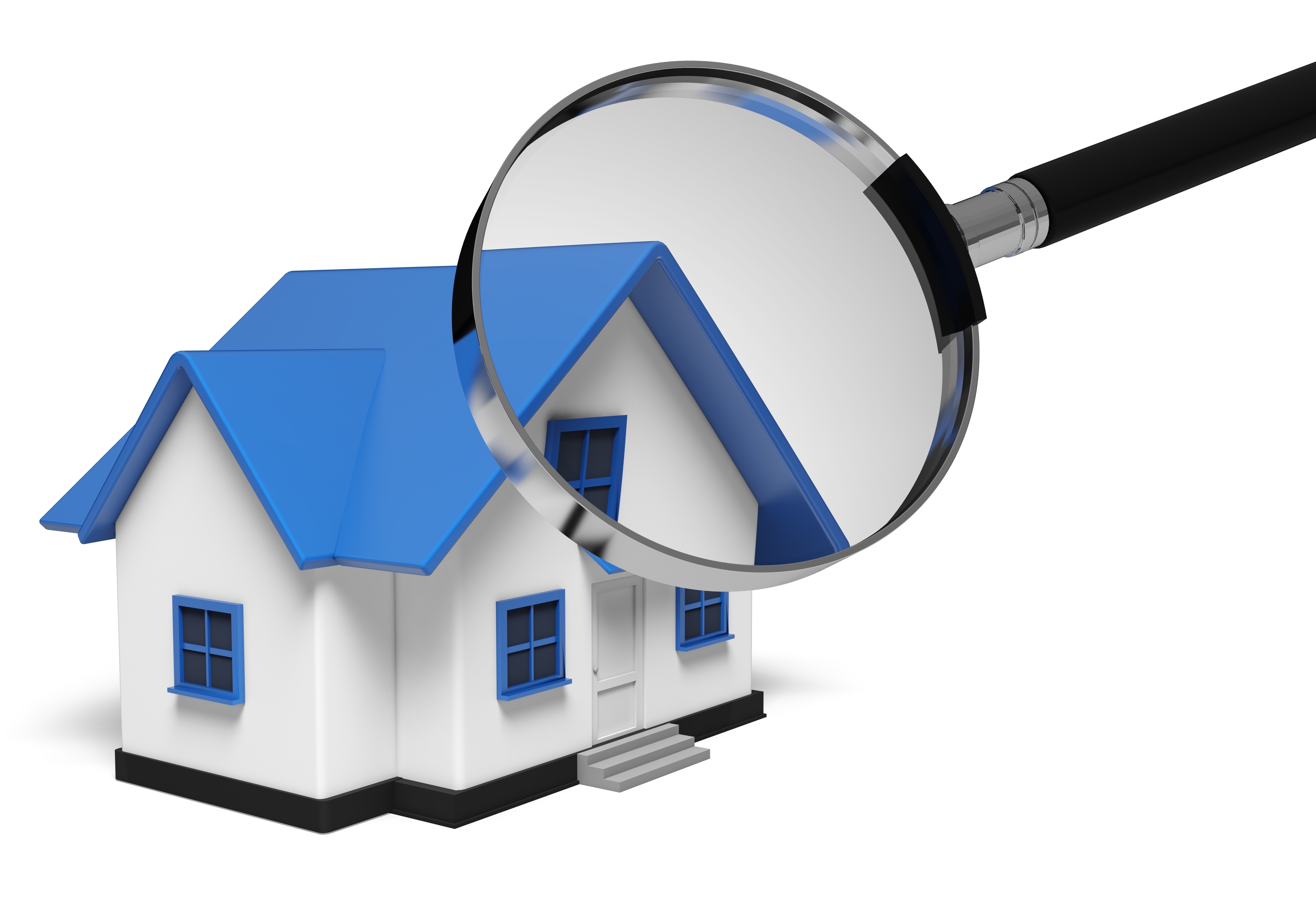
Comprehending AppraisalsA home purchase can be the biggest financial decision most might ever make. It doesn't matter if a main residence, a second vacation home or an investment, the purchase of real property is a complex transaction that requires multiple parties to pull it all off. Most of the participants are quite familiar. The most familiar person in the transaction is the real estate agent. Then, the mortgage company provides the money necessary to bankroll the exchange. And the title company ensures that all areas of the transaction are completed and that a clear title transfers to the buyer from the seller. So, who makes sure the value of the real estate is in line with the amount being paid? This is where the appraiser comes in. We provide an unbiased estimate of what a buyer might expect to pay — or a seller receive — for a property, where both buyer and seller are informed parties. A licensed, certified, professional appraiser from Calderwood Appraisal will ensure, you as an interested party, are informed. Appraisals begin with the home inspectionTo determine an accurate status of the property, it's our responsibility to first complete a thorough inspection. We must see features hands on, such as the number of bedrooms and bathrooms, the location, living areas, etc, to ensure they indeed exist and are in the condition a reasonable person would expect them to be. The inspection often includes a sketch of the property, ensuring the square footage is proper and illustrating the layout of the property. Most importantly, the appraiser looks for any obvious amenities - or defects - that would have an impact on the value of the property. Following the inspection, an appraiser uses two or three approaches to determining the value of real property: paired sales analysis and, in the case of a rental property, an income approach. 
Replacement CostHere, the appraiser analyzes information on local construction costs, labor rates and other factors to determine how much it would cost to build a property comparable to the one being appraised. This figure commonly sets the maximum on what a property would sell for. The cost approach is also the least used predictor of value. 
Analyzing Comparable SalesAppraisers get to know the subdivisions in which they work. They innately understand the value of particular features to the residents of that area. Then, the appraiser looks up recent sales in the area and finds properties which are 'comparable' to the home at hand. Using knowledge of the value of certain items such as square footage, extra bathrooms, hardwood floors, fireplaces or view lots (just to name a few), we add or subtract from each comparable's sales price so that they are more accurately in line with the features of subject.
An opinion of what the subject might sell for can only be determined once all differences between the comps and the subject have been evaluated. When it comes to valuing features of homes in Albuquerque and Bernalillo, Calderwood Appraisal can't be beat. This approach to value is typically awarded the most consideration when an appraisal is for a home sale. Valuation Using the Income ApproachIn the case of income producing properties - rental houses for example - the appraiser may use a third method of valuing a property. In this situation, the amount of income the property yields is taken into consideration along with income produced by similar properties to give an indicator of the current value. The Bottom LineExamining the data from all applicable approaches, the appraiser is then ready to put down an estimated market value for the property at hand. The estimate of value at the bottom of the appraisal report is not necessarily what's being paid for the property even though it is likely the best indication of what a property is worth. Prices can always be driven up or down by extenuating circumstances like the motivation or urgency of a seller or 'bidding wars'. But the appraised value is often used as a guideline for lenders who don't want to loan a buyer more money than the property is actually worth. At the end of the day, an appraiser from Calderwood Appraisal will guarantee you discover the most fair and balanced property value, so you can make profitable real estate decisions. |